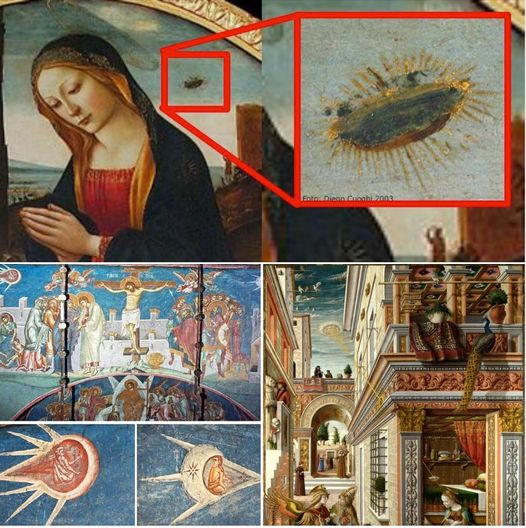Throughout history, countless paintings have been created that feature enigmatic objects. One such masterpiece is “The Annunciation, with Saint Emidius” by the renowned artist Sandro Botticelli. Painted during the Italian Renaissance in the late 15th century, this artwork has captivated viewers for centuries with its intricate details and mysterious elements.
At first glance, “The Annunciation, with Saint Emidius” appears to be a traditional religious scene. The painting depicts the biblical story of the angel Gabriel announcing to the Virgin Mary that she will give birth to Jesus Christ. However, nestled in the background of the painting is a peculiar object that has left scholars and art enthusiasts puzzled for decades.
In the left corner of the painting, there is a small figure of Saint Emidius, a little-known saint from ancient Thessaloniki. Saint Emidius is depicted holding a long, slender object that resembles a staff or a rod. This object is unlike any other object found in traditional religious art from that time period.
The significance of this mysterious object has been debated by art historians and scholars for years. Some believe that it may be a symbolic representation of Saint Emidius’ martyrdom, as he was said to have been beaten to death with a staff by Roman soldiers. Others suggest that it could represent his role as a protector against plague and pestilence, as he was known for his miraculous healing powers during outbreaks in Thessaloniki.
Regardless of its true meaning, the enigmatic object in “The Annunciation, with Saint Emidius” adds an air of intrigue and mystery to an already captivating painting. It serves as a testament to the enduring power of art to provoke thought and inspire interpretation. As viewers continue to ponder over this intriguing artwork, it remains a testament to the timeless beauty and enigma of Renaissance art.
